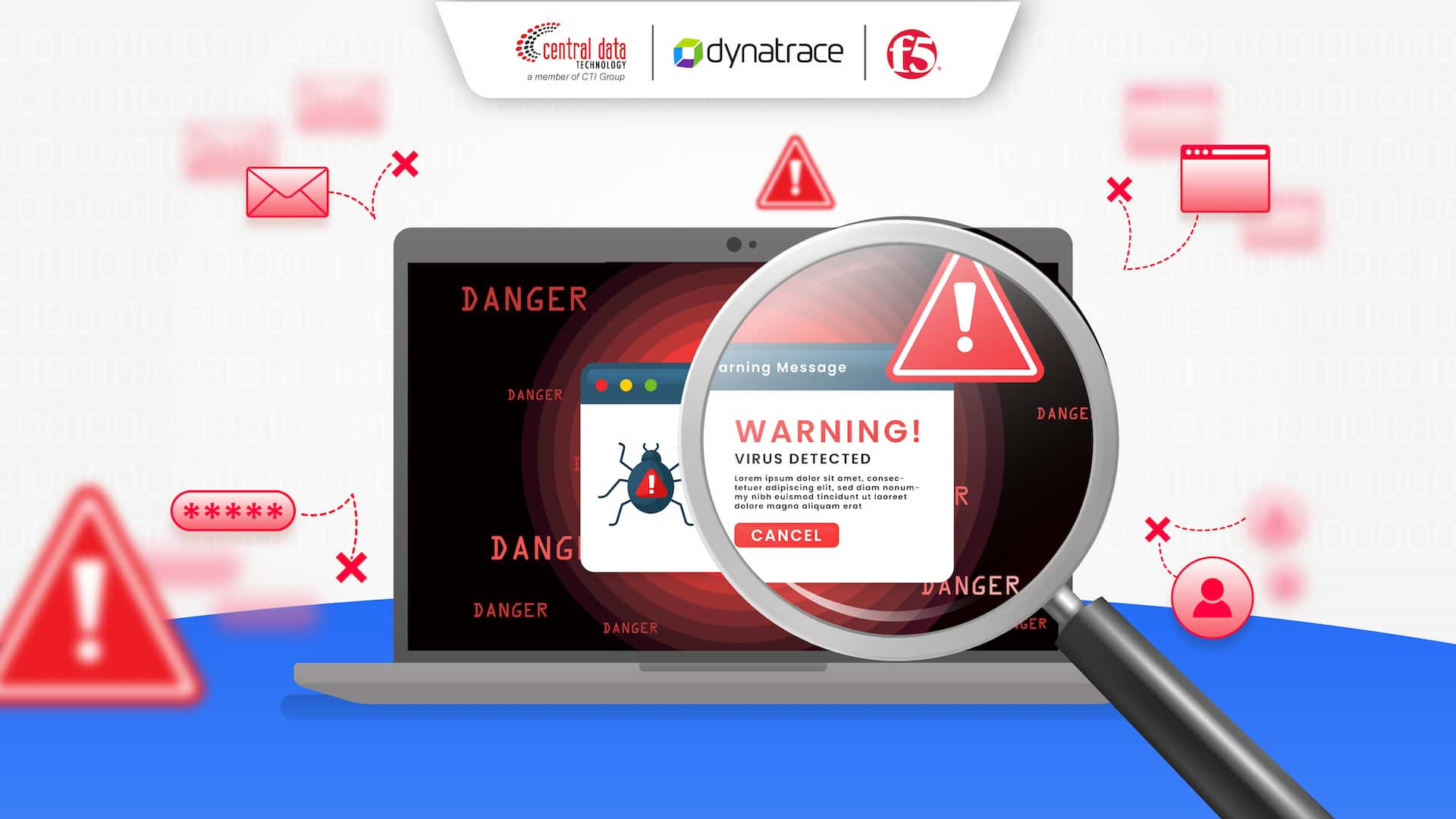
Ever heard news about a company getting hacked because of a tiny security gap that went unnoticed?
Unfortunately, these stories aren’t just headlines; they’re real, and they happen more often than you think. Thousands of hidden vulnerabilities can exist within your business network or applications without anyone realizing it.
The real question is: Do you know where those vulnerabilities are hiding, and how much risk they pose?
In this article, we’ll break down how vulnerability management helps businesses like yours stay one step ahead of cyber threats by detecting, prioritizing, and eliminating security weaknesses before they turn into disasters.
What Is Vulnerability Management and Why Does It Matter?
Vulnerability management is a proactive, continuous, and often automated process designed to protect your systems, networks, and applications from cyberattacks and data breaches.
Through this process, IT teams can constantly monitor and identify vulnerabilities, security gaps that could be exploited by attackers across their entire digital environment. Once identified, these vulnerabilities are evaluated, prioritized, and remediated before they can be turned into entry points for a cyberattack.
The ultimate goal is clear: reduce the overall risk of cyberattacks by closing as many security gaps as possible. But here’s the challenge: the number of vulnerabilities keeps growing, while your IT resources and time remain limited.
That’s why vulnerability management isn’t a one-off project. It must be a continuous, evolving process that keeps pace with the ever-changing threat landscape and the complexity of your IT infrastructure.
In today’s world of increasingly sophisticated cyber threats, having a solid vulnerability management strategy is no longer optional; it’s a business necessity.
How Does Vulnerability Management Work to Protect Your Business?

As mentioned earlier, one of the core strengths of vulnerability management is giving your IT team complete visibility over your entire digital environment, from devices and applications to your network infrastructure. No matter how large or complex your system is, vulnerability management helps you map, monitor, and assess risks across every layer.
But it’s not just about the technical side. Effective vulnerability management also puts every security gap into a business context. That means your team can focus on fixing vulnerabilities that have the biggest potential impact on your operations or sensitive data, making your time and resources count where they matter most.
In practice, here’s how vulnerability management typically works:
- Asset Discovery: Identify all connected devices, systems, and assets across your network.
- Vulnerability Scanning: Automatically scan for security gaps or weaknesses.
- Patch & Configuration Management: Fix vulnerabilities and ensure system settings follow security best practices.
- Penetration Testing: Simulate real-world attacks to test your system’s defenses.
- Threat Intelligence & Machine Learning: Leverage real-time data analysis and AI-driven risk predictions.
All these processes are monitored through a centralized dashboard, giving your IT team a clear, real-time view of vulnerabilities and helping them take fast, proactive action to reduce risk, before attackers have the chance to exploit it.
Read More: Your Account is at Risk! Why Multi-Factor Authentication is No Longer Optional?
Risk-Based Vulnerability Management (RBVM): The Smarter Way to Prioritize Security Gaps
Traditional vulnerability management is essential, but let’s face it, it comes with a major challenge: how do you decide which vulnerabilities to fix first when your system reports thousands of them? Without the right prioritization, your team could waste time patching minor issues while dangerous vulnerabilities slip through the cracks.
This is where Risk-Based Vulnerability Management (RBVM) steps in with a smarter, more relevant approach.
Unlike conventional methods that rely solely on generic scores like CVSS (Common Vulnerability Scoring System), RBVM combines business-specific data, AI, and machine learning to deliver much more accurate and contextual risk assessments.
RBVM doesn’t just look at the severity score; it considers critical factors such as:
- How important is the affected asset to your business?
- How interconnected is that asset to other systems?
- What’s the real-world impact if the vulnerability gets exploited?
- Are there active cyberattack trends targeting this type of vulnerability?
Interestingly, even a low-scoring vulnerability can become a top priority if it’s found in a vital system that’s critical to business operations. What’s more, RBVM continuously monitors and re-evaluates risks in real time, with no need to wait for scheduled scans like traditional methods.
By adopting RBVM, your organization can focus on resources where they truly need them, improve IT efficiency, and strengthen your defenses against today’s fast-evolving cyber threats.
Next, let’s look at two powerful solutions from CDT that can help bring this approach to life in your business.
Need a Reliable Vulnerability Management Solution? CDT Has You Covered
Dynatrace Application Security: Real-Time Detection with Smarter Prioritization
Dynatrace Application Security leverages AI to monitor and detect security vulnerabilities across your entire application environment, from development to production, in real time.
With the combined power of Dynatrace OneAgent and the Davis® AI engine, your IT team can:
- Detect vulnerabilities instantly, as they emerge
- Receive automated alerts for quick response
- Prioritize fixes based on real business risk, not just endless lists of technical findings
One of the standout features is the Davis Security Score, which merges CVSS ratings with real-time observability data. This means you’re not only aware of vulnerabilities, but you also gain clear insight into their urgency, exact location, and potential impact on your systems.
Dynatrace also provides clear, interactive visualizations that map the relationships between processes, services, applications, hosts, and even Kubernetes environments. You can filter vulnerabilities based on risk factors, such as whether the affected system is exposed to the public internet or handles sensitive data.
With actionable recommendations from the Davis Security Advisor and seamless integration into your existing ticketing systems, Dynatrace helps streamline your remediation process, making it faster, smarter, and more efficient.
F5 Distributed Cloud Web App Scanning: Complete Protection for Public-Facing Apps
If your business runs public websites, apps, or APIs, F5 Distributed Cloud Web App Scanning provides a comprehensive solution to protect these critical assets, often the first target for cyber attackers.
This solution offers:
- Automated scanning and penetration testing with no deep technical expertise required
- Wide coverage to map all your public-facing web apps and APIs
- Fast detection of exposures or security gaps, with clear technical evidence like screenshots or videos
- Scanning schedules are fully customizable, daily, weekly, or monthly, with real-time alerts whenever new threats are detected.
F5 also integrates directly into your DevOps pipelines and task management tools, enabling your DevSecOps teams to address vulnerabilities quickly and efficiently. Additionally, F5 provides comprehensive reports to support your compliance efforts with global standards such as SOC 2 and ISO 27001.
Strengthen Your Cyber Defense with Trusted Solutions from CDT
When it comes to cybersecurity, manual detection alone is never enough. With vulnerability management solutions from Dynatrace and F5, you can monitor, detect, and address security gaps faster, more efficiently, and with greater automation.
Central Data Technology (CDT), a subsidiary of CTI Group and an authorized advanced partner of Dynatrace as well as an official F5 distributor in Indonesia, is ready to help you build a proactive, integrated cybersecurity defense for your business.
From expert consultation to seamless implementation and reliable after-sales support, CDT provides everything you need to simplify and strengthen your vulnerability management process.
Ready to take the next step? Contact our team today and discover how Dynatrace and F5 can help secure your systems and applications from evolving cyber threats.
Author: Wilsa Azmalia Putri – Content Writer CTI Group

